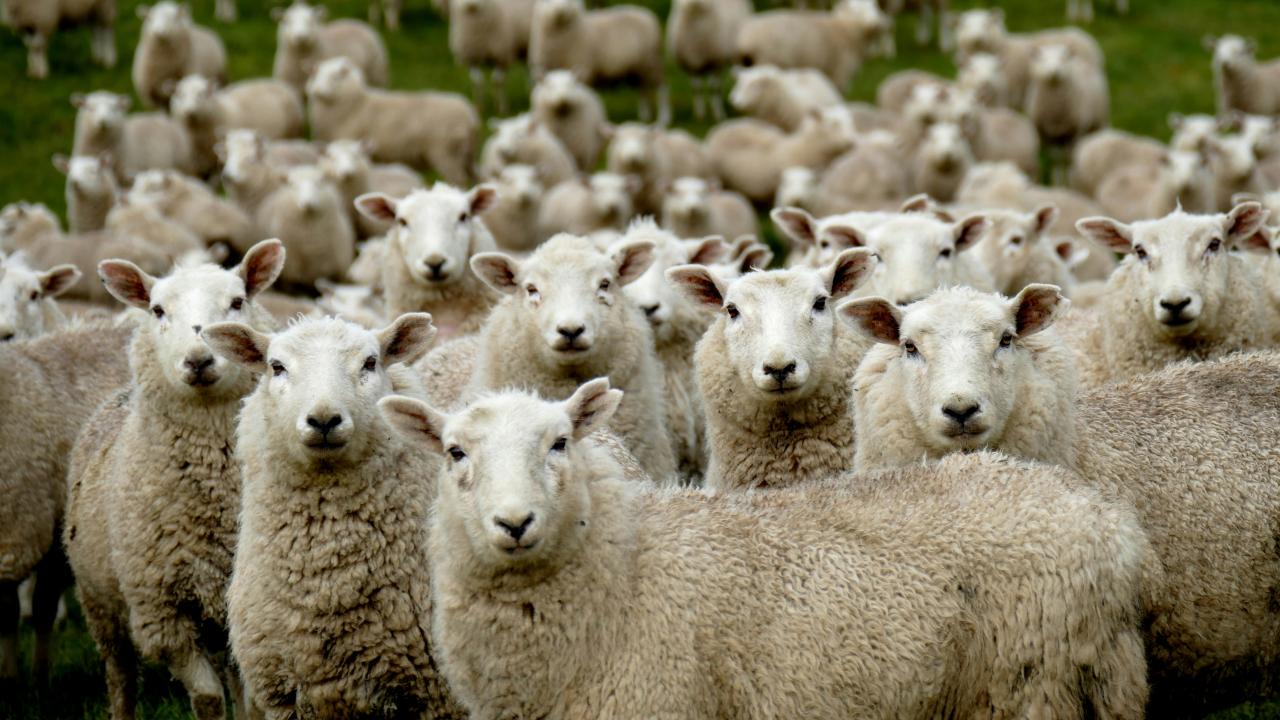Wool Report - Slim pickings amid thin trade

The first week of the new wool selling season saw the Australian wool market 10 cents stronger in USD terms although the prices in local currency were on average more or less unchanged, such was the currency market, with the USD slipping compared to nearly every other currency.
Although demand has not significantly changed during the week the buyers of Australian wool were obliged to pay a bit more to ensure they secured their required quantities.
It is not a large move but does reinforce the belief that downside for the wool market is very limited at present.
Prices in Euro were basically unchanged, but prices in RMB for those processors buying in Australia but then selling the final goods within China also saw a 1.25 per cent increase in the cost of greasy wool.
Some minor adjustments were made in the merino sector this week mostly along quality parameters.
Superfine categories in general were dearer, while the abundance of lower spec types in the fine micron category saw some of these micron price guides slip 10 or 15 cents.
Medium merino wools all gained a few cents as buyers scrambled to source enough quantity for their meagre orders. Skirtings were similarly priced with the broader ones increasing the most for the week, and those with too much vegetable fault being less favoured.
Crossbred wool prices continue to lift as the processing trade continue to use these wools as a defensive mill filler, while the drought in southern Australia continues to restrict supplies.
Stocks of greasy wool and wooltops for the 26-30 micron range are building in the major processing trade zone in China but not yet at alarming levels and some traders seem happy to double down.
So the status quo for the greasy and tops market continues with just small adjustments to most quotes.
Business is thin, but there is enough being traded each week to maintain just enough cash flow for the larger operators in China to keep the ball rolling.
Smaller mills are being mothballed and will continue to do so until better conditions appear.
The available early-stage processing capacity still far outweighs the amount of greasy wool produced globally as very few machines have been taken out of production over the past 30 years when the world fibre production has decreased significantly.
This over-capacity makes for lean pickings across the industry and losing some of the capacity permanently would be a good thing for those that remain in the longer term.
The traders in China report that business is a bit better than in April, but overall it’s still not as good as last year.
Most anticipate that the market will remain relatively stable and won’t see a significant increase in price as the level of demand does not warrant it, but the major players seem to find just enough business to keep the wheels turning.
Markets outside of China remain more or less in a holding pattern, watching for a positive signal from the global consumer.
Warm weather, although only a short-term problem, does dampen the enthusiasm for woollen garments and so just adds to the general despondent attitude.
In Italy, where it has also been quite warm, many thousands of visitors braved the stifling conditions in Florence to attend Pitti Filati for the Autumn/Winter 26/27 collection. The major yarn and knitwear exhibition for the season was not a joyful occasion with rising energy costs and competition from Asia on the minds of many European producers, however, they dutifully exhibited their new ranges for next year.
The trend seemed to be many more fancy yarns, and blends with noble fibres such as silk, alpaca and mohair presumably to differentiate themselves from the bulk commodity type yarns of pure wool where Asian producers hold the price advantage.
It was, however, a chance for the industry illuminati to gather and try to come up with a plan to move forward. Further discussions no doubt took place in Milan at the ‘Idea Biella” fabric exhibition.
There have been a few interesting developments on the global economic scene during the week, which if things pan out as expected could actually improve the psyche of the global consumer and lead to a better retail environment which everyone is searching for.
In the USA President Trump managed to get his Big, Beautiful Bill passed by both houses and then signed into law.
Although the magnitude of the increase in government debt down the track is pretty alarming for most, in the short term the tax cuts and extra money in the pockets of the American consumer will help to offset any price increases due to tariffs.
On the tariff front an agreement with Vietnam was signed keeping new exports at a more manageable 20 per cent together with a promise to purchase many more products from the USA.
China has already and predictably started complaining about the 40 per cent impost for any goods trans-shipped through Vietnam, of which there is a considerable amount.
Discussions are ongoing with several other key trading partners, not the least of which is Europe.
China likewise has been able to agree on a number of aspects and global trade in general seems to be in a much better place now.
The greasy wool market in Australia has another three weeks to run before the recess and nobody is expecting much change to the current price levels, unless of course we get a major economic shock one way or the other.
Despite a weakening US Dollar and hence strengthening Aussie Dollar everything points towards a fairly stable market for the next three weeks.




Add new comment